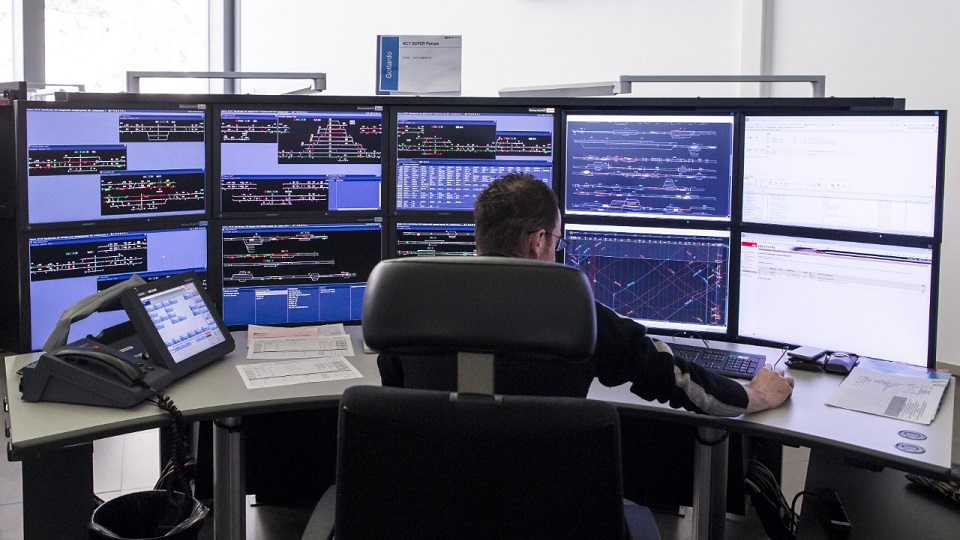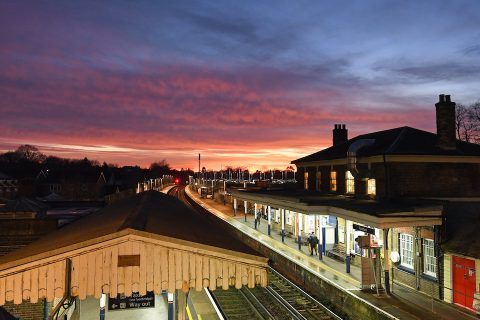‘ERTMS will constitute backbone of ATO’

“Rail has been the main land transport mode in the world for more than 100 years. This is not the case anymore,” considers Matthias Ruete, ERTMS coordinator of the European Commission. In order to turn the tide in its favour, the rail sector should keep pace with the times and implement the European Rail Traffic Management System (ERTMS). Matthias Ruete argues that ERTMS will be the backbone for automatisation of the railways. He will tell more about this technology at the RailTech Europe conference in the Jaarbeurs in Utrecht, the Netherlands.
Want to read more?
You have read all of your free premium articles for this month. Please become a subscriber to keep reading.
Subscribe now!
Take advantage of our exclusive offer to get full access to all premium content.




